Characteristics and uses of Robusta coffee beans how to mix Indonesian coffee beans and Vietnamese coffee beans
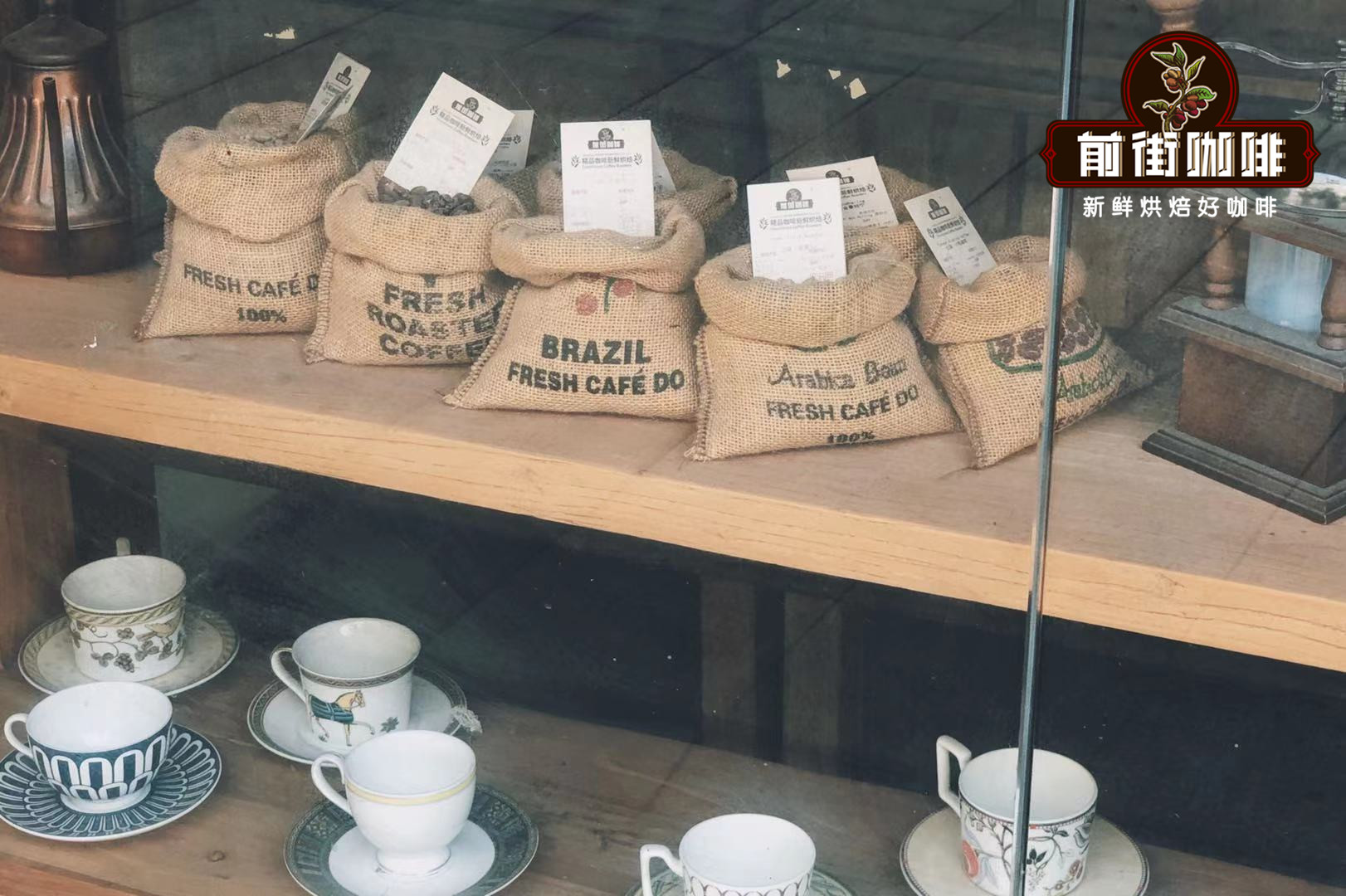
Professional coffee knowledge exchange more coffee bean consultation please follow the coffee workshop (Wechat official account cafe_style)
Among the boutique coffee beans, Arabica coffee beans are the most heard of, so when it comes to Robusta coffee beans, they are not in the range of boutique coffee, while Robusta probably only knows that the flavor is not very good, and it is used in the impression of commercial beans. Today, Qianjie Coffee will bring you to know the Robusta coffee variety.
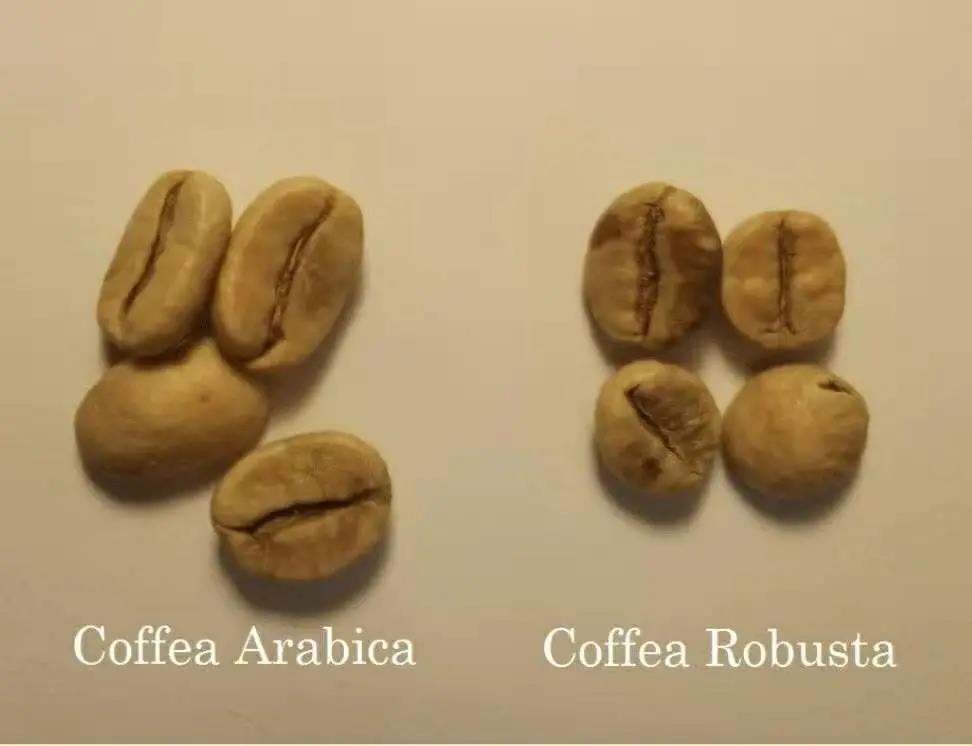
The Origin of Robusta
Robusta originated in the Congo region of West Africa, and we often compare Arabica with Robusta, but this is not rigorous because the two are not the same botanical level at all. Robusta actually belongs to the Canefa species, also known as the Congolese species, just as Ironka belongs to the Arabica species. But unfortunately, there is only one species called Robusta in the Canefra species that can be commercialized and well known, so that now Robusta has almost replaced Canefra as a synonym for the species.
The shape of robusta coffee beans, robusta coffee beans are one fruit and one bean. The shape of Robusta is round and C-shaped, while the center line is in the shape of "1" and the color of raw beans is yellowish brown.
The advantages of Robusta
Growth conditions: the global coffee growth belt lies between the Tropic of Cancer and Robusta is no exception. But Robusta's growth conditions are not as harsh as Arabica. Robusta can grow at lower elevations and higher temperatures. It grows faster than Arabica and is more tolerant to extreme weather conditions. Robusta is widely planted in Vietnam, Brazil, India and other countries. Among them, China's Hainan also grows Robusta.
Insect resistance: Robusta's caffeine content is 2.7% Mur4%, twice that of Arabica. Caffeine, as a natural pesticide in plants, can be protected from most insects.
Disease resistance: we all know that Arabica species have 44 chromosomes, while Robusta has 22 chromosomes; generally speaking, the more chromosomes there are, the more complex and advanced the genes are, but Arabica is self-pollinated and Robusta is cross-pollinated. Pollination involves heredity.
In general, plants obtained by cross-pollination are of higher quality-offspring produced by cross-pollination have the genetic traits of two parent plants, which are likely to produce new characteristics that help it survive in a changing environment. So Arabica, which is self-pollinated, is very fragile, and the genes become more and more single in the process of reproduction (without the participation of foreign genes), so if some diseases (such as leaf rust) occur, coffee balls with the same gene may be wiped out. The strength of Robusta lies in its ability to adapt to the environment by constantly changing its genes.
The disadvantage of Robusta
Flavor: compared with Arabica, Robusta has higher levels of caffeine, amino acids and chlorogenic acid, which is the source of bitter taste, so Robsta is born without the elegant aroma of Arabica beans, replaced by a mellow, lower taste, as well as walnuts, peanuts, hazelnuts, wheat, grains and other flavors, and even pungent soil flavor. Robusta is often spurned by the boutique coffee industry because of its poor flavor, so it is commonly used to mix beans or instant coffee with Arabica.
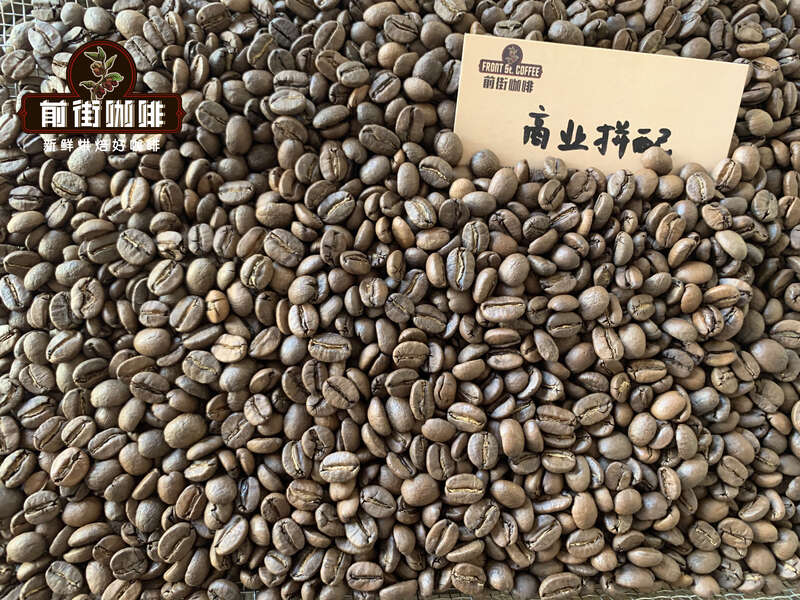
Robusta beans are also widely used in Italian blended beans, just as the commercial blended beans of Front Street Coffee are made up of 30% Arabica in Colombia, 60% Arabica in Brazil and 10% Robusta. Robusta beans provide rich coffee oil, rich and mellow flavor, caramel sweetness, nutty and cocoa, dark chocolate flavor, sweet and sour balance, a little bitterness and a lingering finish.
For more boutique coffee beans, please add private Qianjie coffee on Wechat. WeChat account: kaixinguoguo0925
Important Notice :
前街咖啡 FrontStreet Coffee has moved to new addredd:
FrontStreet Coffee Address: 315,Donghua East Road,GuangZhou
Tel:020 38364473
- Prev
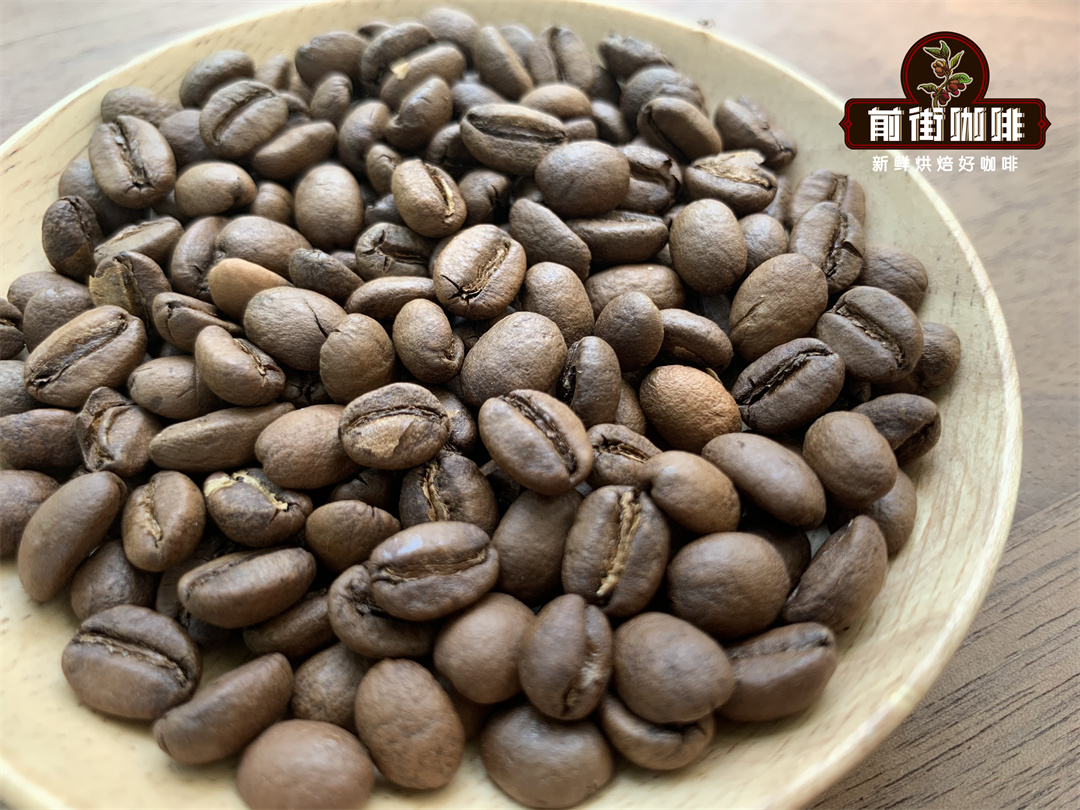
The changes brought about by roasting coffee beans, the sour and bitter rules of coffee beans taste
Professional coffee knowledge exchange more coffee bean consultation Please pay attention to the changes brought about by roasting coffee beans in the coffee workshop (Wechat official account cafe_style). The sour and bitter law of coffee the taste of coffee is generally made up of bitterness and sour taste, but where do these tastes come from? In addition, why does the balance of bitterness and sour taste change with baking? Front
- Next
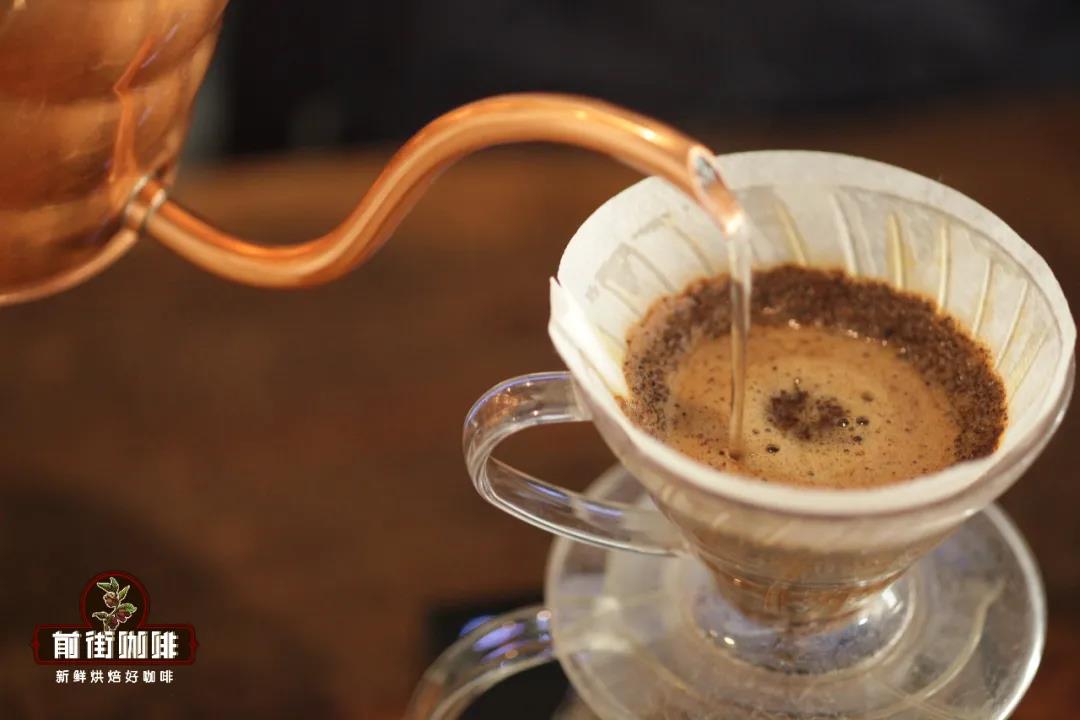
Why is hand-brewed coffee astringent? The roasting degree of coffee beans causes the sour and astringent taste of coffee.
Professional coffee knowledge exchange more coffee bean information please follow the coffee workshop (Wechat official account cafe_style) introduction Han Huaizong teacher once said: "Coffee oil and colloid in the mouth to create a smooth taste, and coffee polyphenol compounds will produce a rough astringency, like a long devil's tail, wild in the mouth, making unpleasant." "if it's in wine,
Related
- Beginners will see the "Coffee pull flower" guide!
- What is the difference between ice blog purified milk and ordinary milk coffee?
- Why is the Philippines the largest producer of crops in Liberia?
- For coffee extraction, should the fine powder be retained?
- How does extracted espresso fill pressed powder? How much strength does it take to press the powder?
- How to make jasmine cold extract coffee? Is the jasmine + latte good?
- Will this little toy really make the coffee taste better? How does Lily Drip affect coffee extraction?
- Will the action of slapping the filter cup also affect coffee extraction?
- What's the difference between powder-to-water ratio and powder-to-liquid ratio?
- What is the Ethiopian local species? What does it have to do with Heirloom native species?

